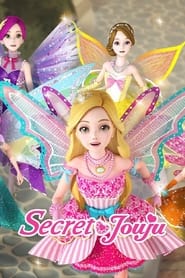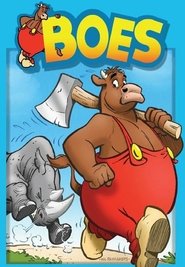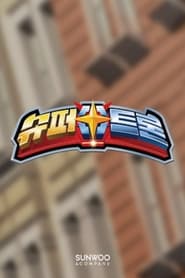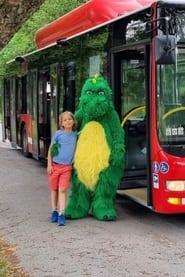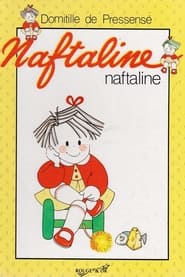Kids TV Series - Page 227
-
Got Talent All Stars
2023
-
Show Me the Honey!
2021
Show Me the Honey!
2021
Show Me the Honey! follows wanna-be beekeepers as they learn everything there is to know about caring for a hive, in the UK’s first ever beekeeping challenge. -
Secret Jouju
2015
Secret Jouju
2015
star 5.6When a fairy gets locked out of Fairy Tale Land, she's sent to the human world where she tackles different challenges with the power of magic and friendship. -
Pinkfong Little Dino School
2024
Learn numbers, colors and the ABCs with little dinosaur friends Rex, Brie, Vella and Pete as they tell delightful stories and sing catchy tunes. -
iN:APP
2021
iN:APP
2021
Plug into the world of smartphones, where Jackie and Robin take troubleshooting to another level as they go after pesky bugs that cause errors. -
Boes
1988
Boes
1988
star 10Boes, also known as Ox Tails in English are based on a popular newspaper cartoon and had over one hundred 10 minute episodes. The most popular ones were re-released in the 2000's as special collection dvds -
Supertrons
2023
Supertrons
2023
Armed with the power of friendship — and the ability to summon a T. Rex — Kang Chan fights to thwart King Tarakan’s evil plans to steal Earth's energy. -
Janko Búrka
1972
Janko Búrka
1972
-
Jellabies
1998
Jellabies
1998
The Jellabies is a television animation series that aired on the Australian television network ABC Kids. It was also shown in Germany, USA, The Netherlands, UK and many other territories. Its target audience is children in the age of 2–6 years old. The program is created using computer-generated imagery animation. The show is narrated by Rik Mayall. The Jellabies are jelly made people that live in the Jolly Jelly World, which is the magical land at the end of the rainbow, where their main job is to make rainbows. Although each Jellabie has its own vehicle to drive around in, their main use of travelling long distances around Jolly Jelly World is on the "Jelly train", a train that only consists of a cab and one passenger car. The show debuted in 1998 and ended in 2003. For children the voice-over explains a lot of things from everyday life, either the objects, as well as basic culture,. -
土豆逗严肃科普:跳进浴缸去深海
2023
土豆逗严肃科普:跳进浴缸去深海
2023
-
Draken följer med
2022
Draken följer med
2022
-
宝宝巴士启蒙音乐剧之蜜蜜和伙伴们
2021
宝宝巴士启蒙音乐剧之蜜蜜和伙伴们
2021
-
Rainbow Guardians
2024
Rainbow Guardians
2024
Ancient energy has been awakened, affecting the emotions of people on Earth. After overcoming her own negative feelings, Rainbow, a member of the Cosmic Guardians, senses the call of the light energy and discovers the Starlets — beings born from fragments of that light. With their help, Rainbow leads her companions to form the “Rainbow Guardians”, standing together against the invasion of negative emotions. However, the dark energy continues to grow stronger, and uncovering the mastermind behind it becomes urgent. What Rainbow never expected is that the one pulling the strings has been by her side all along. -
瑞奇宝宝之我爱运动
2018
瑞奇宝宝之我爱运动
2018
-
Bankovkovi
2017
-
Naftaline
1988
Naftaline
1988
Naftaline is a girl who uses her imagination to create various stories full of adventures. -
宝贝赳赳之探索大自然
2023
宝贝赳赳之探索大自然
2023


